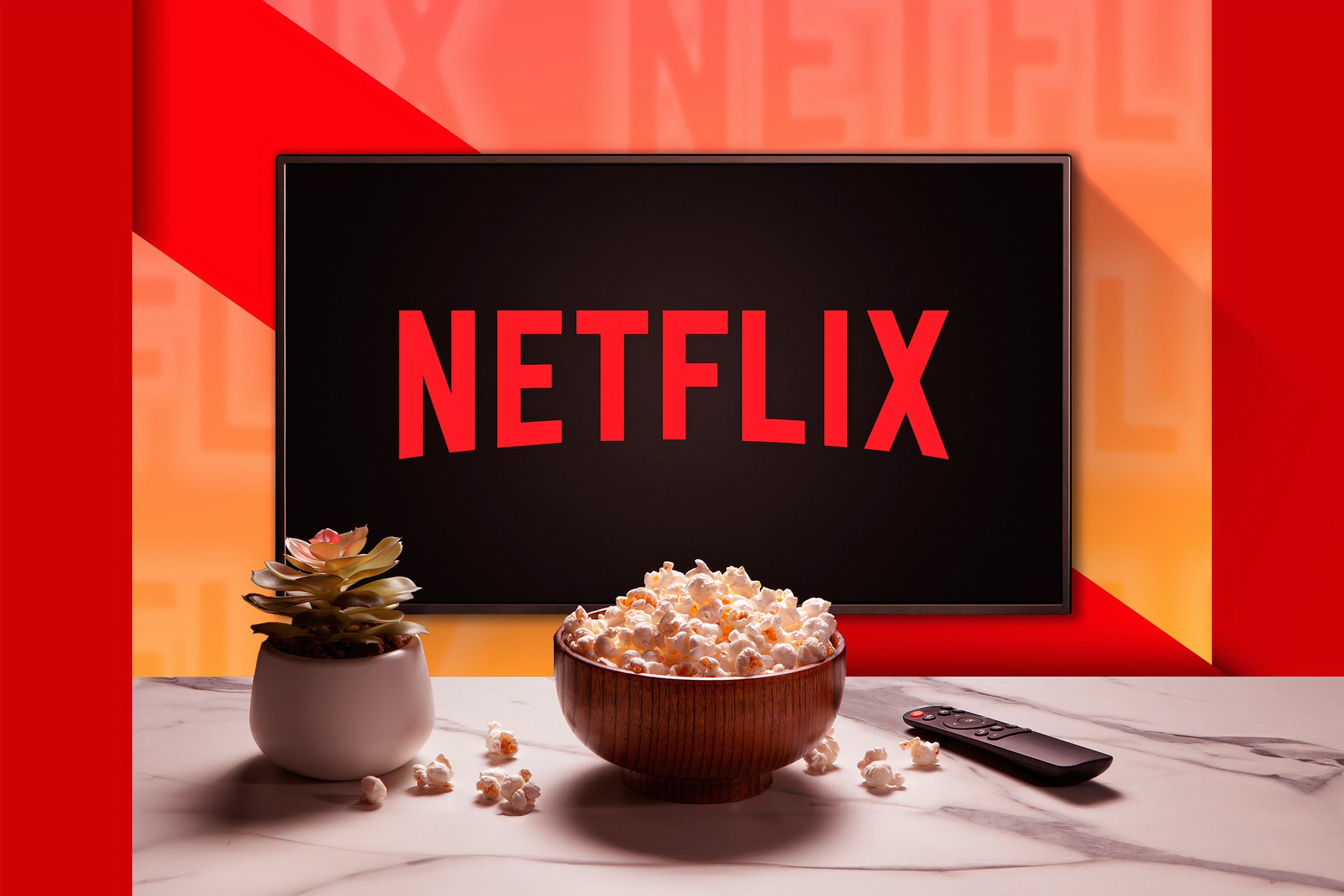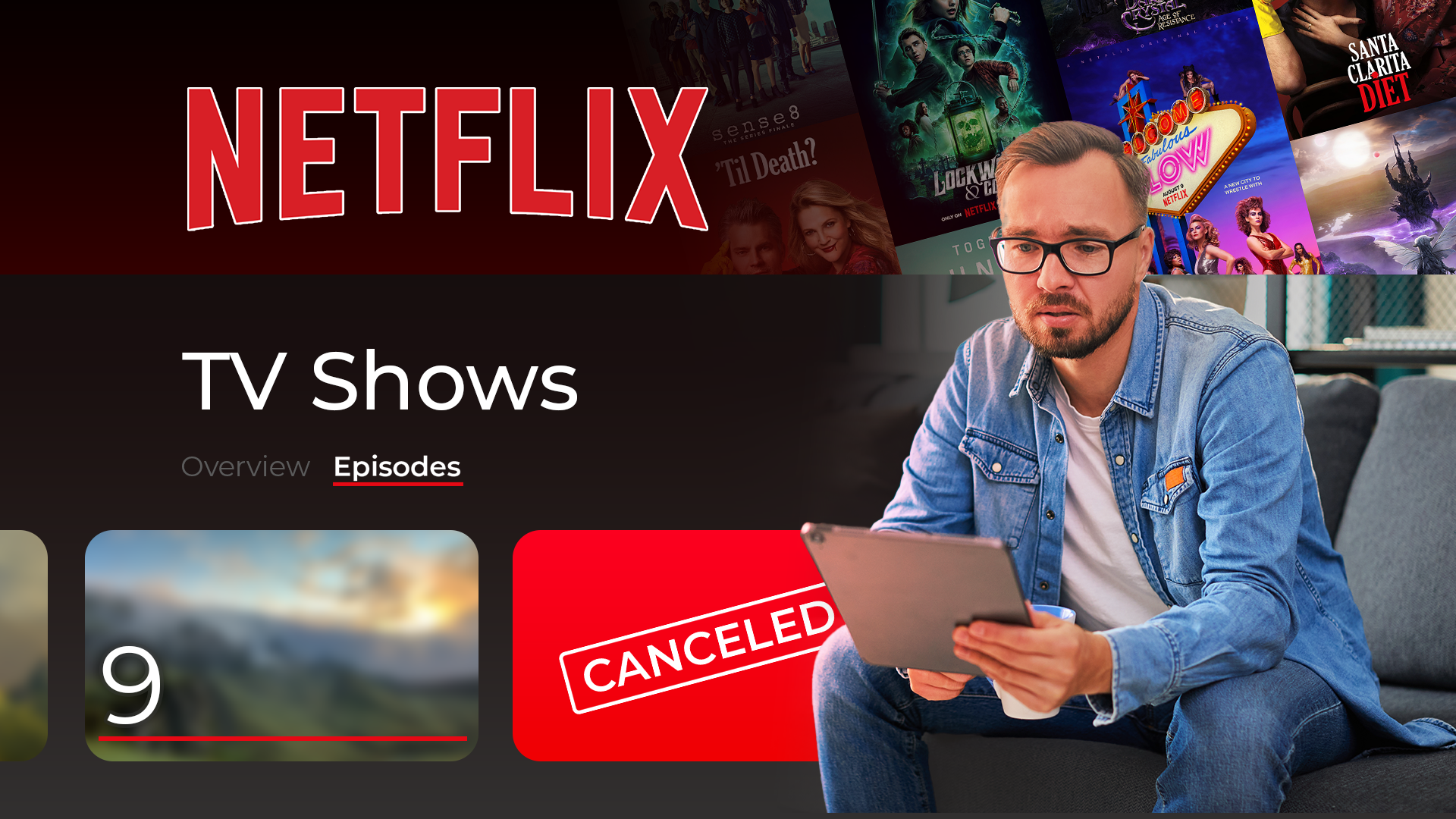Everyone I know has had a show they love get axed by Netflix. The streamer is absolutely ruthless in that regard, but the problem is that these cancelations create a feedback loop that means we’re only going to see more of them.
Netflix Cancels Everything for the Same Reason
Almost every Netflix cancelation has happened for the same reason: not enough people are watching. Whether the streamer claims budgetary constraints, niche markets, scheduling conflicts, or otherwise, if the viewers were there, then you can bet that Netflix would find a way to keep the show going.
But Netflix doesn’t just look at the total number of viewers, it looks at something called completion rate and it looks to see it quickly.
Completion rate is pretty simple; it’s the number of people who finish watching a particular season of a TV show. This makes sense, as none of us want to see shows that have a killer pilot episode but wall-to-wall filler after that. If people aren’t finishing a show, Netflix doesn’t want to renew it, and that’s fair enough.
But the story doesn’t stop there. Netflix wants to see people completing a show within a few weeks of its release, and this is where the problems start to come in.
These Cancelations Are Too Short-Sighted
I didn’t start watching several of the best shows on Netflix until years after they first aired. Sometimes it’s because I was busy wrapping up other shows, sometimes it’s because I wanted to be in a certain frame of mind, and sometimes it’s simply because I hadn’t heard of an excellent show until word of mouth had time to spread.
Some shows need time to find their footing, build a compelling world, and develop a following. Lots of my absolute favorite shows—like Parks and Recreation, Community, and BoJack Horseman—took several episodes or even a whole season to get the groove right, but were phenomenal once they did.
Netflix, however, ranks its TV shows based on the number of views they get within 91 days of release, as shown by the methodology on Netflix’s official list of top shows. According to Forbes, it makes cancelation decisions even quicker than that, basing it on the completion rate within a mere 28 days.
Famously, KAOS—a Jeff-Goldblum-led modernization of the Greek gods—was canceled only 40 days after its launch, and that’s despite strong reviews and spending multiple weeks among Netflix’s most watched shows. It’s just that not enough people were watching it yet. Who’s to say how many people would have come to the show if they’d had a chance to hear the rave reviews from friends and see people get excited for a second season?
There are very few shows I watch within Netflix’s target time windows, and even fewer shows I finish in that time. KAOS was actually on my watchlist when it was canceled, but I’ve been hesitant to bother starting it since because I know it’ll be an unresolved ending.
We’re Learning Not to Trust New Shows
We all know that Netflix has an itchy trigger finger when it comes to offing underperforming titles, so we’re getting wary about starting new shows. Nobody wants to get wrapped up in a series, excited for the promises of a future season, only to have the rug ripped out from under you when Netflix announces it’s been canceled.
So what do we do to protect ourselves from that unpleasant outcome? We avoid watching new shows right away, at least not until we’ve heard it’s been renewed or until it’s clear there’s enough buzz around the show it isn’t likely to go anyway. I even go a step further a lot of the time and refuse to start watching a show until I know it’s been finished properly; I didn’t start Succession until I was sure it was going to stick the landing.

Related
The 6 Best Netflix Shows That Actually Tell a Complete Story
Not every Netflix show gets canceled midway through.
But this creates a negative feedback loop: the more people who avoid shows for fear of cancelation, the more shows Netflix will cancel due to poor numbers.
The Self-Fulfilling Cancelation
Some shows will remain safe. Wednesday stormed out the gates with an enormous audience and isn’t going anywhere, and other shows with massive intellectual properties or particularly prescient timing will also draw large audiences through the gate on day one. But lots more shows will suffer from cautious crowds.
A lot of shows will be particularly prone to this problem, especially the ones that people worry will get canceled right away. For example, if a show is particularly niche, if it’s a slow burn, or if it hinges on a well-executed ending, people are likely to be even more wary of starting it than they might usually be.
Netflix would likely account for smaller crowds when setting the budget for shows like that. But when even fewer people turn up, for fear of a future cancelation, that’s exactly what Netflix will choose to do with the show anyway.
Sadly, these seem to be the shows that most interest me, which might be why I feel like I’ve come across Netflix cancelations more often than most.

Related
So, we find ourselves at a crossroads: stick to your gut and avoid watching a new show in case it gets canceled (which might make that possibility more likely) or jump in feet first and risk getting burned if it does.
I’d rather the first option, but I also don’t want to live in a world where the only shows getting produced are those that front-load viewer satisfaction and can’t risk a slow build to a bigger payoff.







